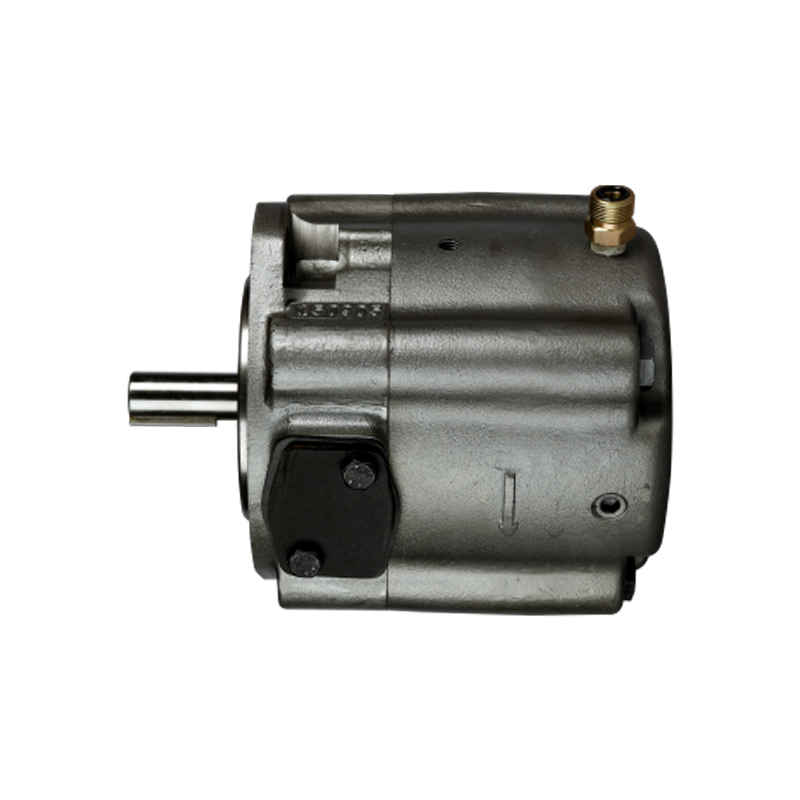Servo pumps are integral components in various industrial and manufacturing applications, providing precise control and efficient power management. Like any mechanical system, they require regular maintenance to ensure longevity and optimal performance. Here are some essential tips to help you extend the life of your servo pump:
1. Regular Inspection and Monitoring
Frequent inspections are crucial for early detection of potential issues. Regularly check for signs of wear, leaks, or unusual noises. Implementing a monitoring system that tracks parameters like temperature, pressure, and vibration can help identify problems before they escalate.
2. Maintain Cleanliness
Contaminants such as dirt, dust, and debris can cause significant damage to a servo pump. Ensure that the pump and its surroundings are kept clean. Use proper sealing and filtering systems to prevent contaminants from entering the hydraulic fluid and causing wear or blockages.
3. Fluid Quality and Management
The hydraulic fluid used in a servo pump plays a vital role in its performance and longevity. Regularly check fluid levels and quality, and replace the fluid according to the manufacturer’s recommendations. Using high-quality, clean hydraulic fluid can prevent wear and corrosion of internal components.
4. Proper Lubrication
Adequate lubrication is essential for reducing friction and wear in the pump’s moving parts. Ensure that all lubrication points are regularly serviced with the correct type and amount of lubricant. Over-lubrication can be just as harmful as under-lubrication, so follow the manufacturer’s guidelines.
5. Temperature Control
Maintaining the proper operating temperature is crucial for the health of a servo pump. Overheating can degrade the hydraulic fluid and damage components. Ensure that cooling systems, such as heat exchangers or fans, are functioning correctly and that the pump is not subjected to excessive ambient temperatures.
6. Filter Replacement
Filters are critical for removing contaminants from the hydraulic fluid. Regularly check and replace filters to ensure they are not clogged or damaged. A clean filter helps maintain fluid quality and prevents contaminants from circulating through the system.
7. Seal Integrity
Seals are vital for preventing leaks and maintaining the pressure within the servo pump. Inspect seals regularly for signs of wear, cracking, or hardening, and replace them as needed. Using high-quality seals can reduce the frequency of replacements and improve overall system reliability.
8. Proper Installation and Alignment
Ensure that the servo pump is correctly installed and aligned with the motor and other components. Misalignment can cause excessive wear, vibration, and noise. Follow the manufacturer’s installation guidelines and use proper tools and techniques to achieve correct alignment.
9. Load Management
Avoid overloading the servo pump by operating it within its specified capacity limits. Overloading can lead to excessive wear and potential failure. Regularly assess the system’s load requirements and ensure that the pump is appropriately sized for the application.
10. Regular Training and Education
Ensure that personnel responsible for operating and maintaining the servo pump are properly trained. Regular training sessions can help them stay updated on best practices, new technologies, and the specific requirements of your servo pump model.
11. Implement a Preventive Maintenance Schedule
Establish a preventive maintenance schedule that includes regular inspections, fluid changes, filter replacements, and other essential tasks. Adhering to a well-planned maintenance schedule can help prevent unexpected breakdowns and extend the life of your servo pump.
12. Use Genuine Parts and Accessories
When replacing components or performing maintenance, always use genuine parts and accessories from the pump manufacturer. Generic or counterfeit parts may not meet the required specifications and can lead to premature failure or suboptimal performance.
13. Monitor Performance Metrics
Track key performance metrics such as flow rate, pressure, and efficiency. Deviations from normal operating parameters can indicate potential issues that need to be addressed. Use these metrics to fine-tune maintenance activities and ensure optimal pump performance.
14. Avoid Short Cycling
Short cycling, where the pump frequently turns on and off, can cause excessive wear and reduce the pump’s lifespan. Optimise system design and control settings to minimise short cycling and ensure smooth, continuous operation.
15. Consult the Manufacturer’s Guidelines
Always refer to the manufacturer’s guidelines and maintenance manuals for specific recommendations regarding your servo pump model. Following these guidelines can help you perform maintenance tasks correctly and avoid actions that could void warranties or cause damage.
Conclusion
Extending the life of your servo pump requires a proactive approach to maintenance and a keen eye for detail. By implementing these tips and maintaining a rigorous maintenance schedule, you can ensure that your servo pump operates efficiently and reliably for years to come. Proper care and attention to detail not only enhance the pump’s longevity but also improve the overall performance and safety of your hydraulic system.




